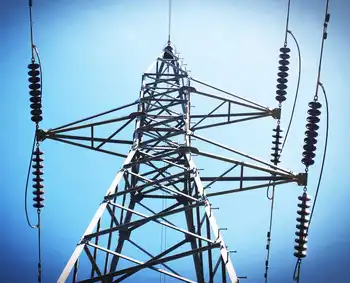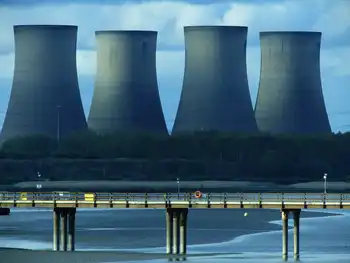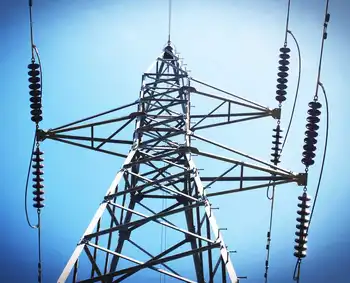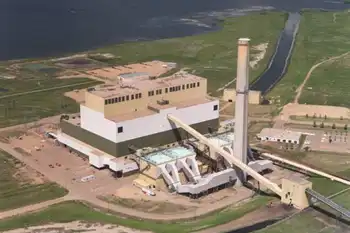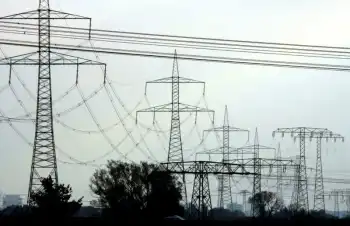WWF blasts windfalls for EU coal-burners
By Reuters
NFPA 70e Training - Arc Flash
Our customized live online or in‑person group training can be delivered to your staff at your location.

- Live Online
- 6 hours Instructor-led
- Group Training Available
Power companies in five European Union countries - Britain, Germany, Spain, Italy and Poland, which are among the biggest coal burners - stand to earn windfalls totaling between 23 and 71 billion euros during the second phase of the bloc's Emissions Trading Scheme, WWF said.
WWF said it was vital, in the subsequent phase of the ETS starting in 2013, that the EU stick to plans to sell emission permits, rather than continue to give them out free, eliminating such profits.
"We are shocked that we still have power generators claiming they are cleaning up their act but are still building nonsensical, coal-fired plants," said Sanjeev Kumar, the WWF's ETS coordinator.
"Cheap profits for doing nothing is scandalous," Kumar said. "The question now is how are these windfall profits going to be used? Are they going to give them straight to shareholders or are they going to invest them in carbon capture and storage or renewable technologies?"
About one fifth of the EU's greenhouse gas emissions comes from burning coal to generate electricity and that proportion is set to rise as new coal-fired power stations are built, WWF said in a report.
Under the ETS - the cornerstone of the EU's plans to fight climate change - European governments currently give allowances to many companies that emit greenhouse gases.
Auctioning is set to become more common for power firms in some EU countries in 2008-2012, Kumar said.
The EU's executive Commission has proposed that from 2013, all permits for the power sector should be auctioned, meaning no more windfall profits for the industry.
But Brussels is under pressure from some EU states not to penalize European industry from 2013 if other countries around the world do not sign up to comparable emissions curbs.
The WWF commissioned Point Carbon, a provider of information and analysis on carbon markets, to draw up its report.
The range for windfall profits was based on allowances priced at between 21 and 32 euros per tonne of carbon dioxide and a range of other assumptions, the report said.





